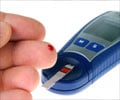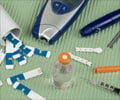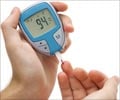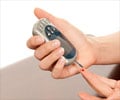Diabetes Screening Tests
When should a person start screening for diabetes?
Screening for
- History of diabetes in parent or sibling
- Obesity with a BMI of more than 25 km/m2
- Physical inactivity
- Belonging to races like African American, Latino, Native American, Asian American or Pacific Islander
- Previously identified impaired fasting blood glucose or glucose tolerance test
- History of diabetes in pregnancy or delivery of a big baby
- High blood pressure
- High triglyceride and/or low HDL-cholesterol levels
- Conditions associated with insulin resistance like polycystic ovary syndrome or acanthosis nigricans
- History of disease affecting blood vessels
How frequently should tests for screening diabetes be carried out?
Screening tests for diabetes should be done every three years.
What are the tests used in screening for diabetes?
The following tests are used to screen for diabetes:
- Fasting plasma glucose levels (FPG)
A Fast Planning Glucose of 100-125 mg/dl indicates pre-diabetes and a level of more than 125 mg/dl indicates diabetes.
- Glucose tolerance tests (GTT)
In a glucose tolerance test, blood glucose levels are measured at the fasting state and 1 and 2 hours after an intake of 75gm of glucose. A blood level of 140-199 mg/dl at 2 hours indicates pre-diabetes whereas a level of more than 150 mg/dl indicates diabetes.
- Hemoglobin A1c level
Hemoglobin A1c testing measures average blood glucose levels for a period of up to 3 months prior to the test. An A1c level of 5.7% to 6.4% indicates pre-diabetes, whereas a level of 6.5% or higher indicates diabetes.
If any of the above tests are abnormal, the diagnosis of diabetes should be confirmed by performing at least one further test on a later day.













